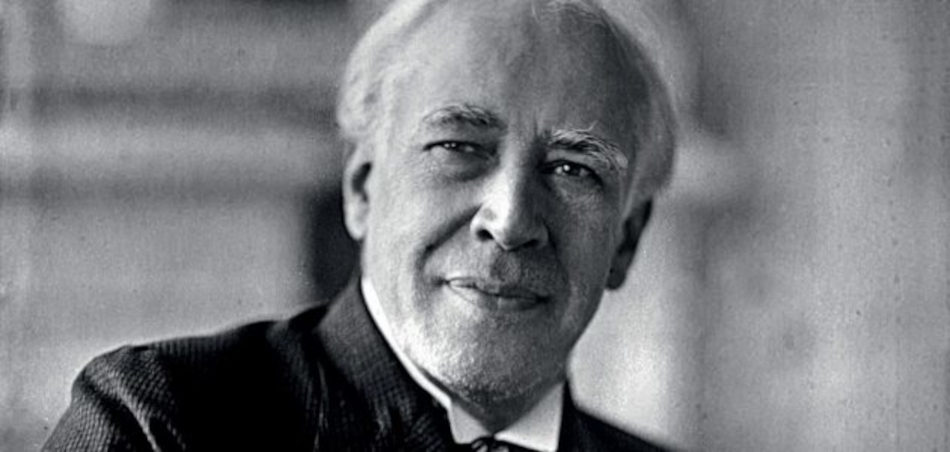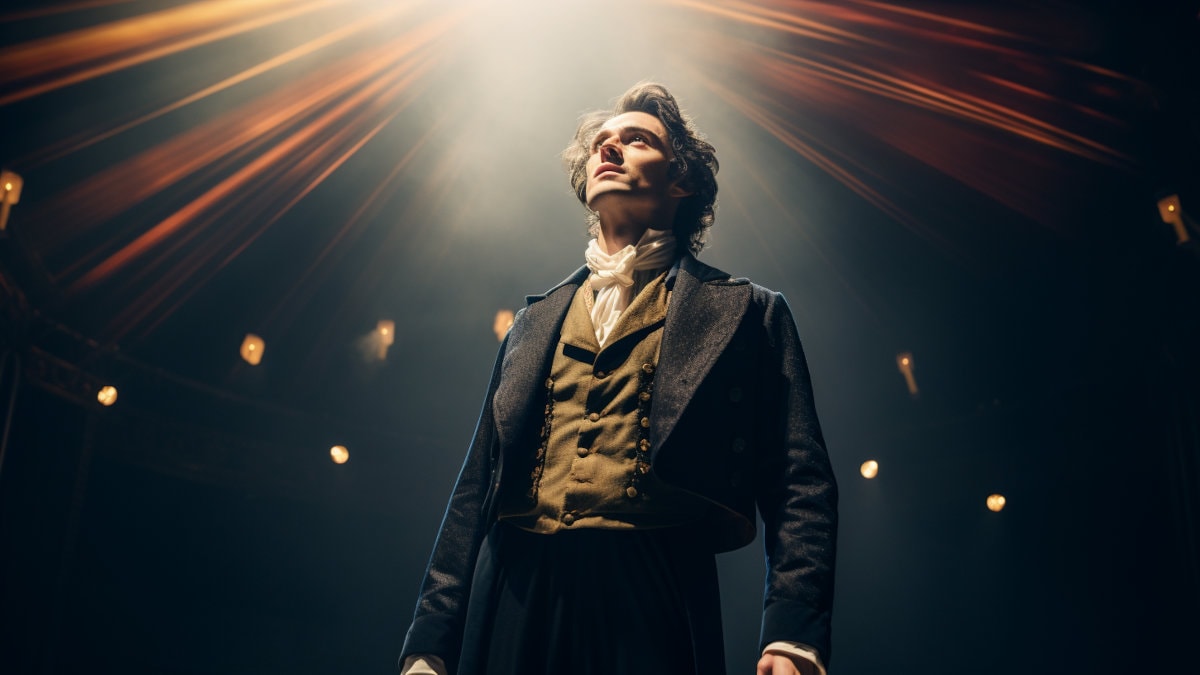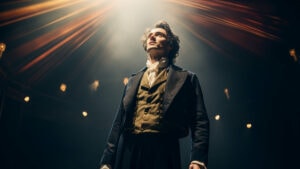Every day actors step on stage or in front of a camera, tasked with the unique challenge of breathing life into a character and transporting their audience into another world of emotion. To do this well is tough, but trained and experienced actors are taught to utilise techniques to make their jobs easier by minimising the gap between themselves and the character. The Magic If is one of these techniques, but what is it?
The “Magic If” is a fundamental acting technique popularised by the theatre practitioner Konstantin Stanislavski, where the actor immerses themselves in the character’s circumstances by asking the question, “What would I do if I were in this situation?”
By using this technique, actors can explore their character’s motivations, emotions and reactions authentically by ensuring that the character’s emotions are the same as their own, leading to more genuine and convincing performances.
Table of Contents
How To Use The Magic If
Applying the “Magic If” is actually a very simple, but powerful process. Stanislavski believed that it was impossible for an actor to truly “become” the character.
So instead the actor must reduce the gap between their own circumstances and the circumstances of the character by imagining and embodying the character’s experiences. So how do you do that?
1. Research and Analysis
Start by researching the character by digging into the script. You’ll want to find out the character’s background, relationships, goals, and both their internal and external circumstances, especially at the beginning of the script.
The world that the character lives within will shape the way they see the world. And the way the character reacts to their circumstances says a lot about who they are as a person, as well as their internal strength. Someone that has difficult circumstances could either find the strength to fight them or collapse from the weight of them.
2. Put Yourself In The Characters Shoes
Now that you understand the character’s life and the world they live in at the start of the script, you’ll want to start asking questions that will allow you to connect yourself with that world and way of life.
For example:
- What would you do if you were living on the streets?
- What would you do if you also had a child to care for?
- What would you do if people walked past you like you didn’t exist?
At first, you may not understand why someone would steal or beg. But asking these questions and putting yourself in these scenarios will allow you to empathise with the character and find your way into the performance.
Take Control of Your Acting Career
Learn to build a consistent and sustainable career in the entertainment industry!
3. How You React To Change
Often, your character may experience things within the script for the first time, things they’ve never dealt with before. For example, Harry Potter’s given circumstances were that he was living with his uncle and sleeping in a cupboard under the stairs. But when he finds out he’s a wizard, his whole world changes. The “Magic If” is perfect for this!
For example:
- What would you do if you were told you were a wizard?
- What would you do if you saw real magic?
- What would you do if you suddenly became the most famous person in the world?
Thinking of these things allows you to create a connection with the character and open yourself up to experiencing truthful emotion and have authentic reactions, instead of trying to look scared, or trying to look sad.
Examples of Using The Magic If

Imagine that you’re in a scene where you receive heartbreaking news about a loved one. Without the Magic If, you decide that the character would cry in this moment because people cry when sad things happen.
You’ve not personally experienced this level of loss before in your own life, so you struggle to connect with the scene on that level, and you find it hard to produce real tears. Your performance is unreliable and inconsistent because you’re trying to cry, and trying too hard makes it even harder.
With the Magic If, you ask yourself “how would I react if I heard this news?” You put yourself in the place of the character and you actually imagine this happening to you. You truly live and experience it within your mind.
From doing this, you may find that tears come much easier, but you may also react the opposite. Rather than crying, you may enter a stage of shock at the thought of the idea, you feel like you should cry, but they’re not coming. You’re confused, you’re lost, you’re angry, you’re numb. If that’s your authentic reaction to that moment, it will undoubtedly be the most powerful option in that moment.
The Magic If vs Emotional Memory

There’s a chance you hear about the “Magic If” and think it sounds similar to another technique popularised by Stanislavski called, “Emotional Memory.” This is a great observation as there are definitely some similarities between emotional memory and the magic if, but there’s one key difference.
The Magic If is an acting technique where the actor focuses on using their imagination to place themselves within the character’s circumstances. On the other hand, Emotional Memory utilises strong emotional events from the actors past that reenvoke an emotion similar to that of the characters in that moment. In simple terms, the magic if uses the imagination and emotional memory uses past experiences.
Although as Stanislavski further developed his techniques, he eventually abandoned emotional memory for a few reasons:
- Bringing up past experiences that are still hurtful can be dangerous if done wrong and can also result in unreliable performances since you’re tapping into emotion that is very raw. An actor needs to be able to do the scene and then step away, utilising real experiences could make it harder to come out of the scene.
- Emotional memory doesn’t focus on the given circumstances of the character. Therefore an actor could use the memory of family member passing to cry during a scene that is nothing about death. It may still be effective, but it’s not true to the circumstances.








